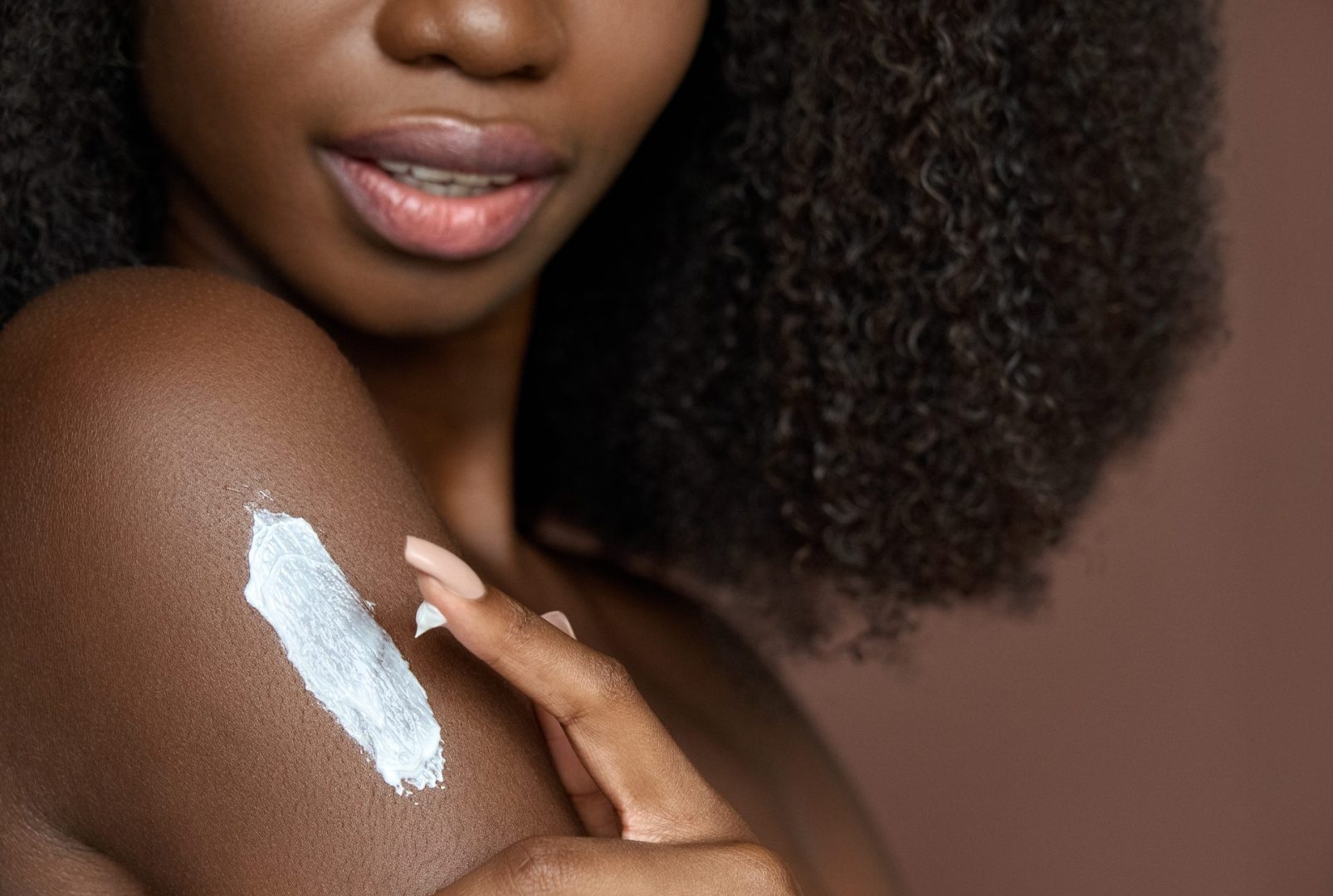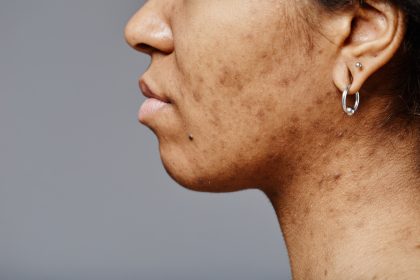The world of skincare ingredients can feel overwhelming, with countless products promising miraculous transformations that rarely deliver on their bold claims. However, one category of ingredients has consistently proven its worth through decades of scientific research and real-world results, earning respect from dermatologists and skincare enthusiasts alike.
Retinoids represent the gold standard in skincare treatment, offering proven benefits for multiple skin concerns from stubborn acne to visible signs of aging. These vitamin A derivatives work at the cellular level to accelerate skin renewal, revealing fresher, healthier skin while addressing various concerns that traditional skincare approaches often fail to improve significantly.
Understanding how to harness the power of retinoids safely requires knowledge that extends beyond basic product application. The difference between disappointing results and dramatic skin transformation often lies in subtle usage techniques, realistic timeline expectations, and strategic approaches that work with rather than against natural skin processes.
The journey to retinoid success involves learning to navigate initial adjustment periods, understanding individual skin needs, and developing sustainable routines that deliver long-term benefits without causing unnecessary irritation or setbacks. These insights can transform potentially frustrating experiences into rewarding skin improvement journeys.
Modern retinoid options provide unprecedented flexibility for addressing diverse skin types and concerns, making these powerful ingredients accessible to more people than ever before. However, this expanded availability requires greater consumer education to ensure safe, effective usage that maximizes benefits while minimizing potential complications.
Understanding retinoid fundamentals for better results
Retinoids function by normalizing cellular turnover processes that naturally slow with age or become disrupted by various skin conditions. This acceleration of skin renewal helps eliminate damaged cells while promoting the development of healthier, more resilient skin that better resists environmental damage and aging processes.
The cellular mechanisms behind retinoid effectiveness involve binding to specific receptors that regulate gene expression related to skin cell production, collagen synthesis, and inflammatory responses. These complex interactions explain why retinoids provide benefits for seemingly unrelated conditions like acne, wrinkles, and certain skin cancers.
Different retinoid formulations target various aspects of skin renewal and repair, allowing for customized approaches based on individual concerns and skin characteristics. Understanding these distinctions helps in selecting appropriate products while setting realistic expectations for results and timelines.
Vitamin A conversion processes within skin cells determine how effectively different retinoid types deliver their benefits. Some forms require multiple conversion steps before becoming active, while others work more directly, explaining differences in potency, irritation potential, and speed of results among various options.
1. Starting slow prevents the dreaded retinoid reaction
The most common mistake in retinoid usage involves applying products too frequently or in excessive amounts during initial introduction periods. This aggressive approach often triggers inflammatory responses that can last weeks, causing many people to abandon potentially beneficial treatments before experiencing positive results.
Successful retinoid introduction typically begins with applications every third night for the first two weeks, allowing skin time to adjust to increased cellular activity without overwhelming natural repair processes. This gradual approach prevents the redness, peeling, and irritation that characterize retinoid reactions.
Skin barrier preparation before beginning retinoid treatments significantly reduces adjustment difficulties while supporting faster adaptation to increased cellular turnover. Using gentle, hydrating products for several weeks before retinoid introduction creates optimal conditions for successful treatment initiation.
Individual skin sensitivity varies dramatically, making personalized introduction schedules essential for successful retinoid adoption. Some people tolerate daily use within weeks, while others require months of gradual increase to achieve comfortable regular usage patterns.
Monitoring skin response during introduction periods helps identify optimal usage frequencies while preventing setbacks that require treatment interruption. Paying attention to subtle changes in skin texture, comfort, and appearance guides appropriate adjustments to application schedules.
2. Timing applications maximizes benefits while minimizing risks
Evening application represents the optimal timing for most retinoid treatments, taking advantage of natural skin repair processes that occur during sleep while avoiding daytime sun exposure that can increase sensitivity and reduce effectiveness.
The order of product application significantly impacts retinoid absorption and effectiveness, with clean, dry skin providing the best conditions for penetration. Applying retinoids before other skincare products ensures maximum contact with skin while preventing interference from other ingredients.
Waiting periods between cleansing and retinoid application allow complete skin drying, preventing dilution effects that can reduce effectiveness while potentially increasing irritation from trapped moisture under active ingredients.
Strategic spacing between retinoid application and other active ingredients prevents chemical interactions that can cause irritation or reduce effectiveness of either treatment. Understanding which combinations to avoid helps maintain treatment efficacy while preventing adverse reactions.
Weather and seasonal considerations affect optimal retinoid timing, with winter months often providing better conditions for introduction due to reduced sun exposure and lower environmental stress on skin barriers.
3. The purging phase requires patience and understanding
Initial worsening of acne conditions during retinoid treatment represents normal cellular acceleration rather than treatment failure, though this distinction provides little comfort during the challenging adjustment period that can last several weeks.
Purging differs from allergic reactions or product incompatibility through its temporary nature and specific patterns that typically affect areas where acne normally occurs. Understanding these characteristics helps differentiate between expected adjustment responses and genuine problems requiring treatment modification.
The duration of purging phases varies among individuals and retinoid types, with stronger formulations potentially causing longer adjustment periods while providing faster ultimate results. Patience during this phase often determines treatment success or abandonment.
Supporting skin during purging periods through gentle cleansing, adequate hydration, and anti-inflammatory ingredients helps minimize discomfort while maintaining treatment compliance during challenging adjustment phases.
Professional guidance during purging periods provides reassurance and practical support that can prevent premature treatment discontinuation. Regular check-ins help distinguish between normal adjustment responses and situations requiring intervention or modification.
4. Hydration becomes more critical than ever
Retinoid treatments increase skin’s need for moisture through accelerated cellular turnover that can compromise barrier function temporarily while new, healthier cells develop. This increased vulnerability requires enhanced hydration strategies throughout treatment periods.
Hyaluronic acid serums provide excellent hydration support for retinoid users, delivering moisture without interfering with treatment effectiveness while supporting barrier repair processes essential for comfortable long-term use.
Barrier repair ingredients like ceramides and niacinamide complement retinoid treatments by supporting natural protective functions while reducing irritation potential that can interfere with consistent usage patterns necessary for optimal results.
Morning hydration routines become particularly important for retinoid users, providing protection and comfort throughout the day while supporting skin recovery from nighttime treatment applications.
Avoiding over-exfoliation through physical scrubs or additional chemical exfoliants prevents excessive barrier disruption that can amplify retinoid irritation while delaying positive results through chronic inflammation.
5. Sun protection becomes absolutely non-negotiable
Retinoid treatments increase photosensitivity significantly, making previously tolerable sun exposure potentially harmful to treated skin. This increased vulnerability requires enhanced protection strategies throughout treatment periods and beyond.
Broad-spectrum sunscreen with SPF 30 or higher becomes essential daily protection for retinoid users, regardless of weather conditions or planned activities. This protection prevents UV damage that can undo treatment benefits while causing additional skin stress.
Physical sunscreen ingredients like zinc oxide and titanium dioxide often provide better protection for retinoid-sensitive skin compared to chemical sunscreens that may cause additional irritation in compromised skin barriers.
Reapplication schedules for sunscreen become more critical during retinoid treatment, with two-hour intervals representing minimum protection maintenance for adequate UV defense throughout extended sun exposure periods.
Additional protection measures including protective clothing, wide-brimmed hats, and shade-seeking behavior provide extra security for retinoid-treated skin during outdoor activities or extended sun exposure situations.
6. Product combinations require strategic planning
Certain skincare ingredients can interfere with retinoid effectiveness or increase irritation potential, making ingredient awareness essential for successful treatment outcomes. Understanding these interactions prevents complications while maximizing treatment benefits.
Vitamin C serums often work best when applied during morning routines rather than combined with evening retinoid applications, preventing potential interactions while allowing both ingredients to provide their respective benefits.
Benzoyl peroxide can inactivate certain retinoid formulations when applied simultaneously, though alternating usage schedules or different application times can allow both ingredients to contribute to acne treatment plans.
Alpha and beta hydroxy acids may cause excessive exfoliation when combined with retinoids, potentially leading to barrier damage and treatment setbacks. Careful scheduling or alternating usage prevents over-treatment while maintaining skincare routine effectiveness.
Gentle, fragrance-free products provide optimal support for retinoid-treated skin, avoiding additional irritants that can complicate treatment adjustment while supporting barrier function during increased cellular activity periods.
7. Long-term success requires realistic expectations and consistency
Retinoid benefits accumulate gradually over months rather than appearing within weeks, making patience and consistent usage essential for achieving desired results. Understanding realistic timelines prevents discouragement during slower improvement periods.
Initial improvements in skin texture and clarity often appear within four to six weeks, while more significant changes in fine lines, pigmentation, and overall skin quality typically require three to six months of consistent usage.
Maintenance schedules for established retinoid users may involve reduced frequency compared to initial treatment phases, though complete discontinuation often results in gradual return of previous skin concerns over time.
Annual dermatology consultations help optimize retinoid treatments while monitoring for any concerning changes that may require professional attention or treatment modifications.
Long-term retinoid users often find that their skin becomes more resilient and responsive to treatments over time, allowing for enhanced results with continued usage while maintaining comfortable tolerance levels.
Choosing the right retinoid for individual needs
Over-the-counter retinoid options provide accessible starting points for people new to vitamin A treatments, offering gentler introduction opportunities while building familiarity with retinoid effects and proper usage techniques.
Prescription retinoids offer stronger formulations for more significant skin concerns or when over-the-counter options prove insufficient for desired results. Professional guidance helps determine appropriate candidates for prescription-strength treatments.
Retinoid delivery systems including creams, gels, and serums provide different benefits for various skin types and preferences. Understanding these options helps optimize treatment comfort while maintaining effectiveness for individual needs.
Age considerations affect retinoid selection and usage approaches, with younger skin often tolerating stronger formulations while mature skin may benefit from gentler introduction strategies and enhanced hydration support.
Skin type factors including oiliness, sensitivity, and previous skincare experience influence optimal retinoid choices and usage protocols. Customized approaches improve treatment success while reducing adjustment difficulties.
Building sustainable retinoid routines
Successful retinoid integration requires developing sustainable routines that accommodate lifestyle factors while maintaining treatment consistency necessary for optimal results. Flexibility within structure helps ensure long-term compliance.
Travel considerations for retinoid users include packing appropriate products, maintaining application schedules, and adjusting for climate changes that may affect skin sensitivity or product performance during trips.
Seasonal adjustments to retinoid routines help accommodate changing environmental conditions while maintaining treatment effectiveness throughout year-round usage patterns.
Budget planning for retinoid treatments includes considering ongoing costs for products, complementary skincare items, and professional consultations necessary for safe, effective long-term usage.
Routine simplification strategies help maintain treatment compliance during busy periods while ensuring that essential steps receive appropriate attention for continued skin improvement.
Retinoid success requires understanding these powerful ingredients as long-term skincare partners rather than quick-fix solutions. The investment in proper introduction, consistent usage, and supporting care routines pays dividends through dramatic skin improvements that continue developing over months and years of proper treatment.
The key to retinoid success lies in respecting these potent ingredients while learning to use them strategically for individual needs and goals. With patience, consistency, and proper technique, retinoids can deliver the transformative results that have made them legendary in skincare circles worldwide.
















